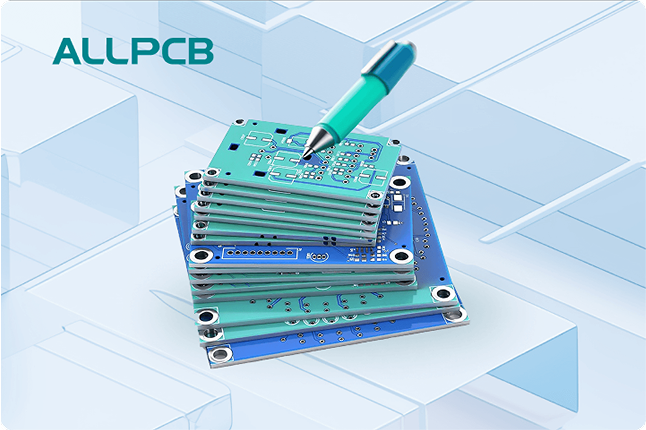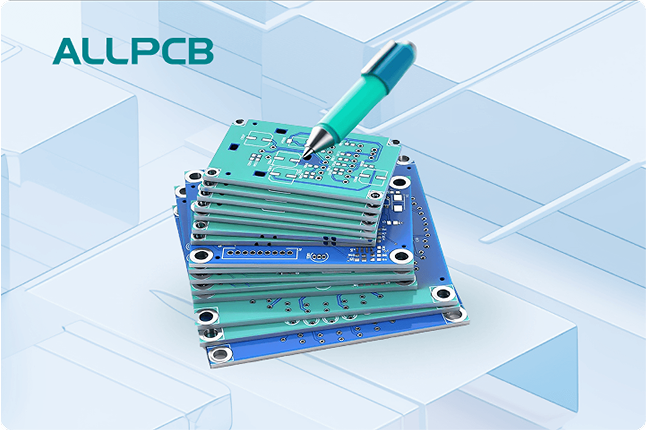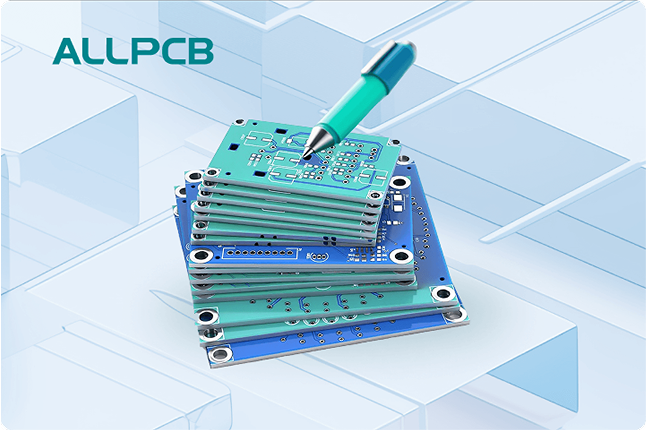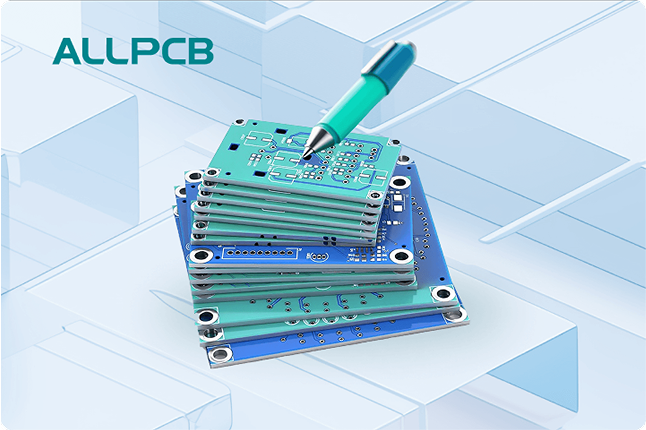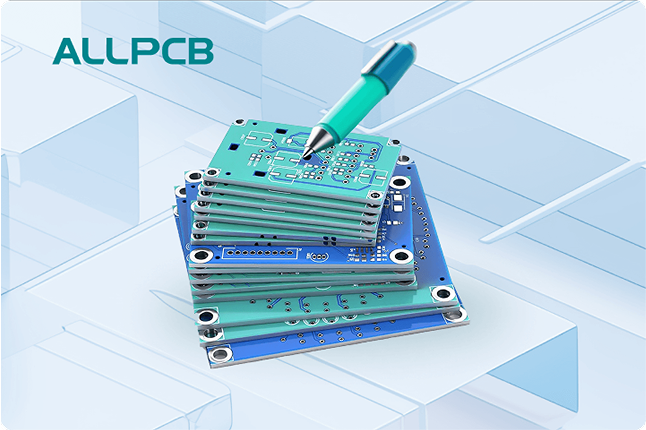Are you a hobbyist looking to improve your PCB designs with better signal quality? Understanding easy PCB impedance control can make a huge difference, especially for high-speed circuits. In this guide, we’ll break down simplified impedance control into clear, actionable steps and share practical impedance control tips for beginners. Whether you’re new to PCB design or refining your skills, these hobbyist impedance control methods will help you create reliable boards without the complexity.
Let’s dive into the world of beginner impedance control PCB techniques. This blog will walk you through the basics, explain why impedance matters, and provide easy-to-follow steps to achieve it in your projects. By the end, you’ll have the confidence to tackle impedance control like a pro!
What Is PCB Impedance Control and Why Does It Matter?
Impedance control in PCB design is about managing how electrical signals travel along the traces of your board. Think of it as creating a smooth path for data. If the path isn’t right, signals can distort, slow down, or even fail, especially in high-speed circuits like USB, HDMI, or RF applications.
In simple terms, impedance is the resistance a signal faces as it moves through a trace. For hobbyists, this matters because mismatched impedance can cause signal reflections, leading to errors or poor performance. For example, a high-speed signal at 1 GHz might need a specific impedance of 50 ohms to work correctly. Without control, your project could suffer from noise or data loss.
By mastering easy PCB impedance control, you ensure your signals stay clear and reliable. This is especially critical for modern electronics where speeds are increasing, and even small errors can ruin functionality.
The Basics of Impedance for Beginners
Before diving into simplified impedance control, let’s cover the core ideas. Impedance isn’t just resistance; it also includes capacitance and inductance effects that come into play at higher frequencies. For hobbyists, you don’t need to know every detail—just focus on matching the impedance of your traces to the requirements of your components or system.
Common impedance values you’ll encounter are 50 ohms for single-ended signals (like many RF applications) and 100 ohms for differential pairs (common in USB or Ethernet designs). Your goal is to design traces on your PCB that meet these targets to prevent signal issues.
Factors that affect impedance include:
- Trace Width: Wider traces lower impedance, while narrower ones increase it.
- Trace Thickness: Thicker copper can slightly reduce impedance.
- Dielectric Material: The board material (like FR4) and its thickness between layers impact impedance.
- Trace Length: Longer traces can introduce more variables, though the effect is often minor for hobbyists.
Understanding these basics sets the foundation for beginner impedance control PCB design. Now, let’s move to practical steps.
Why Hobbyists Should Care About Impedance Control
As a hobbyist, you might wonder if impedance control is worth the effort. The answer depends on your project. If you’re working on low-speed circuits (like simple LED drivers), impedance might not be a concern. However, for anything involving high-speed signals—think microcontrollers with fast data rates, wireless modules, or audio equipment—hobbyist impedance control methods are essential.
For instance, a poorly controlled impedance in a USB 2.0 design (running at 480 Mbps) can cause data corruption. By applying impedance control tips, you avoid these headaches and build projects that work as intended.
Easy Steps to Achieve PCB Impedance Control
Let’s break down easy PCB impedance control into manageable steps. Follow these to simplify the process and get results without needing advanced tools or expertise.
Step 1: Understand Your Project’s Requirements
Start by checking the impedance needs of your design. Look at the datasheets for your components or protocols. For example, a typical RF antenna might require 50-ohm impedance, while a differential pair for USB might need 90 ohms. Knowing the target is the first step in simplified impedance control.
Step 2: Choose the Right Board Material and Stack-Up
The material of your PCB and how the layers are arranged (stack-up) play a big role in impedance. Most hobbyists use FR4, a common and affordable material with a dielectric constant of about 4.2 to 4.5. This value affects how signals travel through your board.
For a simple two-layer board, place your high-speed traces on the top layer with a ground plane below to control impedance. If you’re using a four-layer board, sandwich signal traces between ground planes for better results. Many online calculators can help you determine the right trace dimensions based on your stack-up.
Step 3: Calculate Trace Width and Spacing
Trace width is a key factor in controlling impedance. Use free online impedance calculators to find the right width for your target impedance. For a 50-ohm single-ended trace on a standard 1.6mm FR4 board with a ground plane, you might need a trace width of about 2.5mm. For differential pairs, spacing between traces also matters—keep them consistent to maintain impedance.
Remember, these values change based on board thickness and material, so always double-check with a calculator or simulation tool tailored for PCB design.
Step 4: Maintain a Continuous Ground Plane
A solid ground plane beneath your signal traces helps stabilize impedance and reduces noise. Avoid breaking the ground plane with cuts or gaps under high-speed traces, as this can cause impedance mismatches. For hobbyists, a two-layer board with a dedicated ground layer is often enough for basic beginner impedance control PCB projects.
Step 5: Test and Iterate
Once your board is made, test it with an oscilloscope if possible to check for signal integrity. Look for reflections or distortions in the signal waveform, which indicate impedance issues. If something’s off, adjust your trace widths or spacing in the next revision. Testing might sound advanced, but even basic checks can guide you toward better designs.
Practical Impedance Control Tips for Hobbyists
Beyond the steps, here are some impedance control tips to make your journey smoother. These hobbyist impedance control methods are designed to keep things simple while delivering results.
Tip 1: Use Free Design Tools
Many free PCB design software options include built-in impedance calculators. These tools let you input your board details (material, thickness, etc.) and get trace width recommendations. They’re perfect for beginners who want easy PCB impedance control without manual math.
Tip 2: Stick to Standard Values
Unless your project has unique needs, aim for common impedance values like 50 ohms for single-ended traces or 100 ohms for differential pairs. Most components and protocols are designed around these standards, making your design process easier.
Tip 3: Keep Traces Short and Direct
Longer traces can introduce unwanted effects, even if impedance is controlled. Route high-speed signals as directly as possible to minimize variables. This is a simple way to support simplified impedance control in your layouts.
Tip 4: Collaborate with Your Manufacturer
When ordering your PCB, share your impedance requirements with the manufacturer. They can often provide specific stack-up recommendations or adjust materials to match your needs. Clear communication ensures your board meets the target impedance without guesswork.
Tip 5: Start Small with Practice Projects
If you’re new to beginner impedance control PCB techniques, try a small project first. Design a simple high-speed circuit, like a USB connector board, and apply these steps. Learning through hands-on practice builds confidence for bigger designs.
Common Mistakes to Avoid in Impedance Control
Even with easy PCB impedance control methods, mistakes can happen. Here are pitfalls to watch out for as a hobbyist:
- Ignoring Ground Planes: Skipping a ground plane or splitting it under traces disrupts impedance and invites noise.
- Wrong Trace Widths: Guessing trace dimensions instead of calculating them can lead to mismatches. Always use a tool or formula.
- Mixing High-Speed and Low-Speed Traces: Keep high-speed signals separate from others to avoid interference.
- Overlooking Material Choice: Using non-standard board materials without adjusting calculations can throw off impedance.
By staying aware of these issues, you’ll save time and frustration in your projects.
Tools and Resources for Hobbyist Impedance Control
You don’t need expensive gear to master hobbyist impedance control methods. Here are some accessible resources:
- Online Calculators: Websites offer free impedance calculators where you input board details and get trace dimensions instantly.
- Free PCB Software: Many design platforms include features to simulate and verify impedance during layout.
- Community Forums: Online groups of hobbyists and engineers often share practical advice and troubleshooting tips for impedance control.
These tools make simplified impedance control approachable, even on a budget.
Conclusion: Take Control of Your PCB Designs
Mastering easy PCB impedance control doesn’t have to be intimidating for hobbyists. By following the steps and impedance control tips in this guide, you can achieve reliable signal performance in your high-speed projects. Start with understanding your requirements, use the right tools to calculate trace dimensions, and maintain a solid ground plane. With practice, beginner impedance control PCB techniques will become second nature.
Remember, every project is a learning opportunity. Apply these hobbyist impedance control methods, test your designs, and refine your skills. Soon, you’ll be creating PCBs that not only work but excel in performance. Get started on your next design today, and see the difference impedance control makes!
 ALLPCB
ALLPCB


